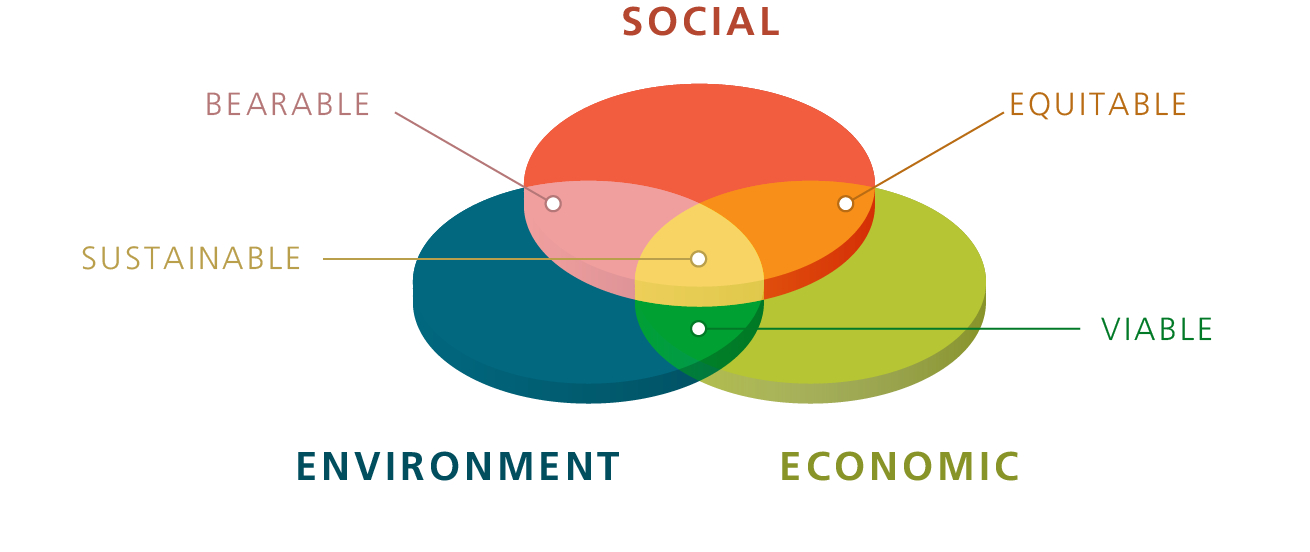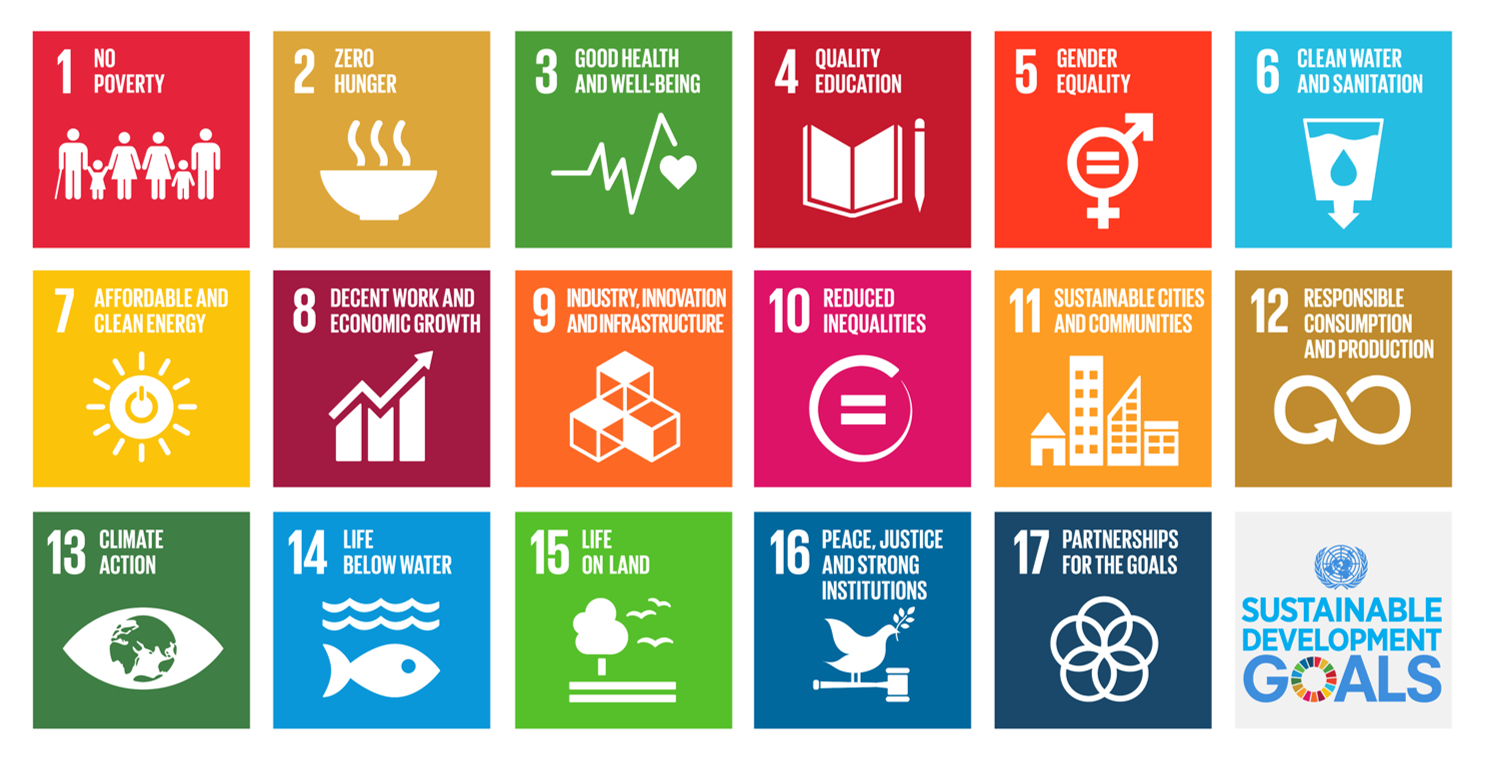
What is sustainability, really?
Andreas Brekke, Guest blogger | March 12, 2019
Often the word sustainability is used to designate that something is good, without any specification of good for what or good for whom. It’s time to put some hold to the phrase ‘sustainable’. Learn more on what it means and what you need to keep in mind when talking about sustainable products or solutions.
Let’s first jump back to my initial question in the heading; I asked my two sons, aged 11 and 13, what they think of when they hear the word “sustainability”. They probably thought it was some kind of test, as they both replied: “It has to do with the environment, right? That we should preserve it?” I had to tell them that I don’t have the definite answer but that their answer is well aligned with the public opinion.
I will try to give you a fast introduction to what sustainability is as well as explain our approach to the topic. Consider this blog post as a quick guide on how to carry out sustainability analysis and employing a life cycle approach to understand the impact of products.
The three pillars of sustainability
The question “what is sustainability” has puzzled many researchers, politicians, industrialists, and others interested in sustainability ever since the infamous definition of sustainable development was published in the Brundtland report in 1987. In this report, sustainability is defined as «development that meets the needs of the present without compromising the ability of future generations to meet their own needs”.
Most people – the ones interested in sustainability, that is – agree with my two sons. Sustainability has to do with the environment. Spoiler alert! It’s not only the environment. The distinction of three different pillars, or spheres, of sustainability has been one of the more successful delimitations of the concept during more than 30 years and since the Brundtland report; the economy, the environment, and the social.

Such a representation of the economy, the environment and the social as three possibly overlapping spheres, provide an opportunity to identify what specifically organizations or products might miss to become sustainable. This three-partite description of sustainability has therefore made it easier to discuss what sustainability is, but there is still a lot of work needed to be done on how to measure each of the three dimensions and the connections between them. One such attempt at making sustainability operational, is the issuing of the sustainable development goals (SDG's) by the United Nations.
The Sustainable Development Goals
To cut it short: the 17 sustainable development goals are something you should learn sooner rather than later. These goals are a follow-up of the 8 millennium goals defined by all the world’s nations at the turn of the millennium. Even though the number of goals has more than doubled, they are still quite general and abstract like “no poverty” or “responsible consumption and production”. Therefore, the 17 goals are further refined as 169 more quantitative targets to be tracked by 232 indicators.

All countries of the World have agreed upon the SDGs, and their characteristics make them most applicable on a global or national level. Many companies still use the SDGs as a tool to define their efforts towards sustainability. If we consider the efforts of countries, China is an example where these goals, when applied, lead to an increased effort on electrification of the car pool, implementations of a green tax as well as a ban on solvent based coatings for containers. More and more countries are taking similar initiatives leading to a future change in the overall global industry dynamics.
Life cycle approaches
Whether or not the SDGs can aid decision making on a product level is an open question. Companies as well as individual consumers however, need advice on a product level to make informed sustainable choices. When working towards sustainability, avoiding so-called problem shifting is important. This means that one must avoid improving one aspect of sustainability only to worsen another. This advocates the use of tools able to capture complete life cycles and many aspects of sustainability simultaneously.
Although this blog post has provided only a quick and superficial overview of the field of sustainability, important messages include:
- Sustainability requires positive performance in connection to the economy, the environment and the social domain.
- If one of the domains is compromised, sustainability is compromised.
- The Sustainable Development Goals (SDG's) defined by UN and all the nations of the World can aid the understanding of where we must be heading.
- Life cycle approaches are needed to measure the sustainable performance of products, product systems and services.
You will learn more on Life Cycle Assessment as we dive deeper into this topic in our guide on LCA’s. Download for free today to get more insights:
Written by:
Andreas Brekke, Guest blogger
Andreas Brekke, PhD is a Senior Research Scientist at Ostfoldforskning, working on projects connected to environmental evaluations of packaging and energy. He would like environmental and commercial interests to communicate and cooperate more with one another.
